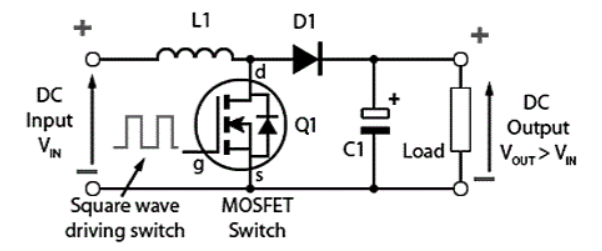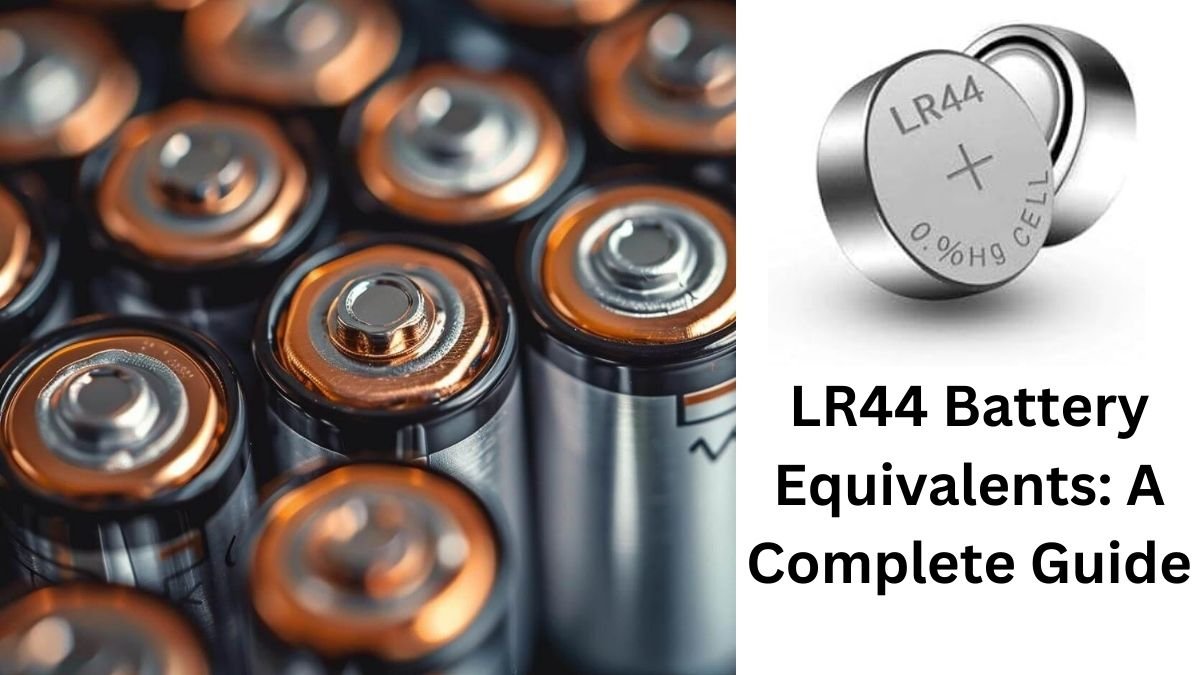What is a DC-DC Converter?
One DC voltage level to another is converted by the DC-to-DC converters. Different electronic devices, like MOSFETs and ICs, have operating voltages that can range widely, so it’s important to specify a voltage for each device.
In contrast to a Boost Converter, which provides a higher voltage, a Buck Converter outputs a lower voltage than the original voltage. DC-to-DC converters can be used to modify the circuit’s ripple, efficiency, and load-transient response. Operating conditions, such as input and output specifications, typically determine the best external parts and components.
In order to meet each product’s unique specification requirements, standard circuits must be modified or altered during the design process. Expertise and experience in that field are essential for designing a circuit that meets all requirements and specifications.
When the battery voltage is above or below the output operating voltage then we can use the step-up or step-down DC-to-DC Converters. In order to maintain a consistent load voltage across the whole battery voltage range during operation, the DC to DC converter needs to be able to function as a step up or down voltage supplier.
How Does A DC-to-DC Converter Works?
The working principle of a DC-to-DC converter is very easy to understand. There is an unanticipated fluctuation in the input current due to the inductor in the resistance. The energy from the input is fed into the inductor and stored as magnetic energy if the switch is kept at its highest setting (on).

The energy is released if the switch is kept at its lowest setting, or off. Here, it is assumed that the capacitor’s output is high enough to support the output side time constant of an RC circuit. In order to ensure that the output voltage remains constant at steady state, the large time constant is compared to the switching period. It must be present at the load terminal and have the formula Vo(t) = Vo(constant).
Types of DC-to-DC Converter
1. Non-Isolated Converters
When there is only a slight voltage change, non-isolated converters are typically utilized. Both the input and output terminals are connected to a common ground. The main drawbacks are that it produces more noise and is unable to shield against high electrical voltages.
2. Magnetic Converters
These DC-to-DC converters use an inductor or transformer to store and release energy from a magnetic field on a regular basis. The amount of power that must be continuously transferred to a load can be more easily controlled by keeping the charging voltage’s duty cycle constant.
3. Step-down or Buck Converter
Step-down or buck converters, they are known for producing lower output voltage, compared to input. Step-down DC-to-DC converters found in many devices, like game consoles, television sets, battery chargers etc.
In the most basic converter, the switching element (K) turns the power on and off quickly. The output voltage comes out as a square wave. When the switch is on, the coil (L) and capacitor (C) collects all the energy.

The capacitor helps in smoothing these square waves into DC voltage. The switch turned off, and the diode (D) gets activated when the voltage reaches the particular level. The current travels through the diode due to the self-induced EMF. The load is charged by the energy gathered in the coil.
4. Step-up or Boost Converter
Step-up or Boost converter operates to boost DC-to-DC converter voltage and it is consist of same number of passive components but arranged in such a way that it step up the input voltage that means the output voltage would be higher than that of the input voltage.

Whenever you need a high input voltage and you can not provide it with the normal batteries or you can not put more batteries due to insufficient space then you can use boost converter to full fill your voltage needs. These are normally used in portable lighting devices, bikes and cars to start the engine, etc.
5. Universal DC-to-DC Converters
Universal DC-to-DC Converters can produce a higher or lower output level. These are also known as buck-boost converters. These are mostly used while dealing wide range of input voltage range. Most common example where these converters are used could be car batteries.

To achieve the necessary voltage, a universal converter reduces it. However, over time, the battery’s voltage rises as it falls. They are found in many devices such as, MP3 players, GPS systems, video cameras etc.
Common Issues Related to DC-to-DC Converters
Fulfilling diverse regulatory and certification requirements is a typical challenge faced by electronics design companies. Electrical compatibility and safety considerations can have an impact on a device’s features and characteristics when using DC-DC converters.
Additionally, requirements may vary depending on the application. For instance, installing a cooling system might be necessary when swapping out a switch converter for a less expensive linear one. But the actual cost of such might be even higher.
EMC issues
When using DC-to-DC converters, one of the most obvious problems that can arise is electromagnetic compatibility. The greater efficiency of switching types explains their popularity. To ensure that they don’t interfere with other devices’ electromagnetic signals, such devices need to be tested for electromagnetic compatibility.
Filter circuits, extra capacitors, and appropriate PCB layer stackup are typically used to resolve these problems. In most cases, extensive PCB testing is necessary to get the best outcome. For instance, converter mounting and particularly the conductor coil must be avoided by designers when it comes to delicate parts and suc-circuits.
Advantages and Disadvantages of DC-to-DC Converter
Advantages
- It makes the circuit’s power supply systems simpler.
- Primary and secondary circuits are isolated.
- Provides flexibility to extend voltage as required.
- Regulate and control DC voltage.
- It reduces the unnecessary space of battery.
Disadvantages
- There is more noise when converters are switched.
- External circuits are required to make them work, that is why they are expensive.
- High losses in current and voltage.
Check out our latest projects related to Arduino and ESP32. Click here






